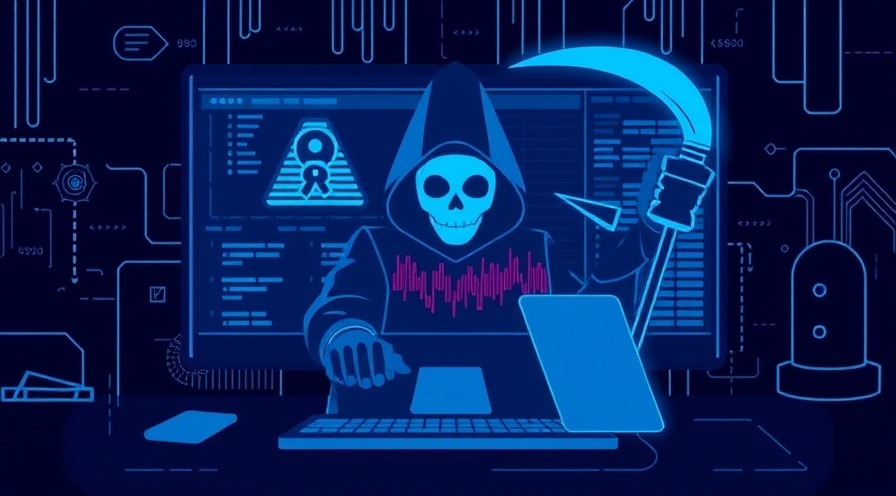
SIEM Reaper: How to Stop Drowning in Alerts (and Start Analyzing Like a Pro) 🔥
A fun, practical, and slightly savage guide to mastering SIEMs for the CompTIA CySA+ (CS0-003)
Let’s face it: the first time you open a SIEM (Security Information and Event Management) tool, it feels like you just walked into a command center during DEFCON 1. Alerts are flying in faster than tweets on X during a celebrity meltdown, and none of it makes any sense.
Good news: it’s not you—it’s the SIEM.
Better news: We’re about to turn that chaos into clarity. No cape required.
🤖 What the SIEM Is Actually Doing (Besides Stressing You Out)
Quick definition:
A SIEM collects logs from all over your network, crunches the data, and spits out alerts when it sees something sketchy.
In simple terms:
It’s your digital tattletale.
Your security gossip channel.
Your all-seeing, overly dramatic roommate who yells "SUSPICIOUS!" at every squirrel outside.
🧠 SIEMs in Real Life: Not Just Buzzwords
Here’s what a SIEM actually helps you do:
Task |
What It Means IRL |
|---|---|
Correlate events |
“Oh, that login from Russia + password change = sus.” |
Monitor logs |
“Why is the printer trying to access the domain controller?” |
Detect threats |
“Someone’s poking the firewall at 3AM again...” |
Investigate incidents |
“Let’s rewind the tape and see who broke it.” |
Popular SIEM Tools to Know for CySA+:
🧪 Splunk – powerful, pricey, and makes you feel like a log wizard
🦑 Elastic Stack – open-source, flexible, kinda like building IKEA furniture
🔍 LogRhythm – solid and security-focused
🐉 QRadar – IBM’s beast with all the bells and whistles

Why SIEMs Send So. Many. Alerts. 😱
SIEMs are basically overprotective parents:
They think everything is a threat
They never sleep
And they will text you 37 times a minute until you respond
That’s where alert fatigue kicks in—and it’s a real career hazard. You either start ignoring alerts or become a digital zombie.
🧘 How to Chill Out Your SIEM (and Yourself)
1. Tune Those Alerts
Turn off the noise. Not everything needs to scream like it’s Black Friday at Best Buy.
✅ Prioritize based on risk
✅ Use thresholds
✅ Customize for your environment
2. Use Dashboards Like a Boss
Create visualizations that make sense. Nobody wants to dig through a CSV file unless they enjoy suffering.
Insight: In Splunk, build a dashboard with "Top Offenders" to spot trends faster than your manager spots typos.
3. Automate What You Can
Use playbooks and scripts to auto-handle basic stuff—like blocking known bad IPs or resetting compromised accounts. Let the robots earn their keep.

How SIEMs Show Up on the CySA+ Exam 🕵️
CySA+ loves SIEMs. Expect questions like:
“Which logs would you check first during a brute-force attack?”
“How would you correlate a login anomaly with other suspicious behavior?”
Brush up on:
Syslog formats
Event correlation
Log retention policies
Behavioral baselining
And everyone's favorite: regex
Final Takeaway: Master the SIEM, Don’t Let It Master You 🎯
Look, SIEMs are powerful tools, but they’re also drama queens.
They’ll keep yelling until you teach them how to whisper.
If you:
✅ Learn how to filter the noise
✅ Get comfy with logs
✅ And don’t lose your mind staring at dashboards all day…
…you’ll not only pass the CySA+ exam, you’ll also become the analyst everyone runs to when the alerts go wild.
👉 Up Next:
"Threat Intelligence Feels Like Sci-Fi… Until It’s the Reason You Don’t Get Fired 🚨"
Decoding threat feeds and intel reports: it's all about putting them to good use instead of just collecting them like fancy NFTs!
 Add Row
Add Row  Add
Add 




Write A Comment